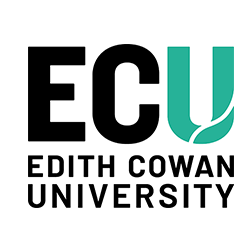Abstract
Coal fines can substantially influence coal seam gas reservoir permeability, thus impeding the flow of gas in coal microstructure. The coal fines generation and migration are influenced by several factors, wherein coal fines are generally hydrophobic and aggregate in natural coal seam gas (CSG) under prevailing conditions of pH, salinity, temperature and pressure. This aggregation behaviour can damage the coal matrix and cleat system permeabilities, leading to a considerable reduction of proppant pack conductivity (i.e. fracture conductivity). Several datasets have been reported within the literature on this subject in the last decade. However, a more up-to-date discussion of this area is key to understanding coal fines migration and associated knowledge. Thus, in this review, we conduct a systematic investigation of coal fines and their influencing factors. Here, coal fines are introduced, followed by an initial holistic investigation of their generation, plugging, movement, redistribution and production. Then, in order to enhance current understandings of the subject matter, a parametric evaluation of the factors noted earlier is conducted, based on recently published literature. Subsequently, the published mathematical and analytical models for fines generation are reviewed. Finally, the implications and challenges associated with coal fines mitigation are discussed.
Document Type
Journal Article
Date of Publication
3-31-2022
Volume
301
Publication Title
Advances in Colloid and Interface Science
Publisher
Elsevier
School
School of Engineering
RAS ID
52679
Funders
Higher Education Commission (HEC) Pakistan No. 5-1/HRD/UESTPI(Batch-V)/3371/2017/HEC (SAP No. 50035652),
Edith Cowan University (ECU) Australia Early Career Research Grant G1003450.
Creative Commons License

This work is licensed under a Creative Commons Attribution-Noncommercial-No Derivative Works 4.0 License.


Comments
This is an Authors Accepted Manuscript version of an article published by Elsevier, at Awan, F. U. R., Arif, M., Iglauer, S., & Keshavarz, A. (2022). Coal fines migration: A holistic review of influencing factors. Advances in Colloid and Interface Science, 301, article 102595. https://doi.org/10.1016/j.cis.2021.102595
Awan, F. U. R., Arif, M., Iglauer, S., & Keshavarz, A. (2022). Coal fines migration: A holistic review of influencing factors. Advances in Colloid and Interface Science, 301, article 102595.
https://doi.org/10.1016/j.cis.2021.102595